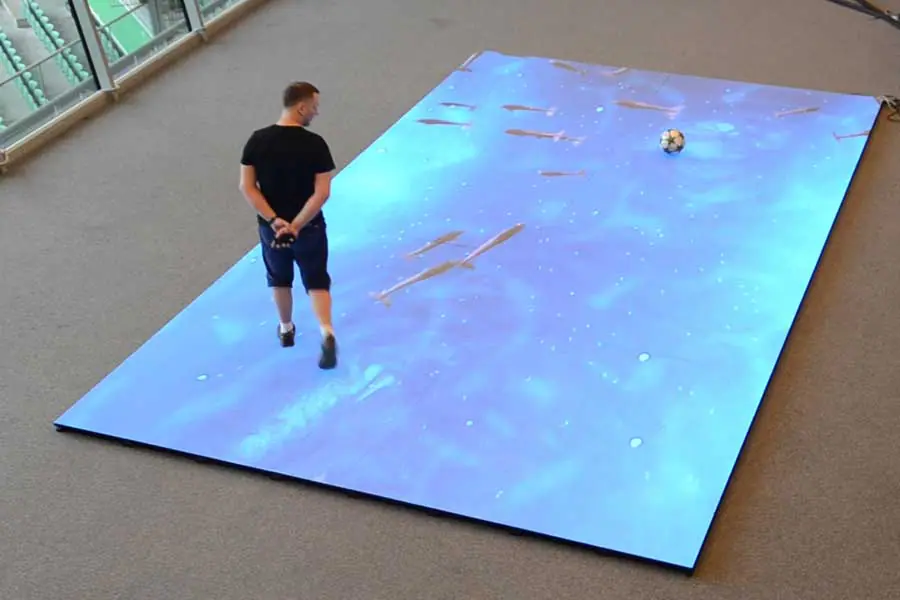The decision to buy a new advertising screen depends on the difference between Plasma, LCD, LED and OLED screens.
Although each has its enormous advantages, most people (including our customers) prefer to choose LED displays.
What is the difference between these devices and why do you like LEDs more?
Plasma screen
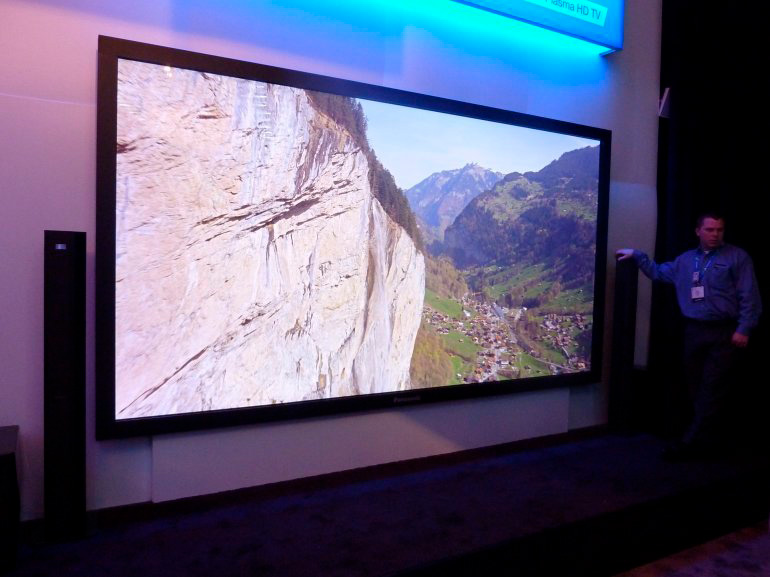
The plasma advertising screen works by accumulating gas, which supplies and illuminates every pixel on the screen.
This plasma will be "encapsulated" between two sheets of thin glass.
Although plasma displays have many advantages in providing a good viewing experience in dark places, it should also be mentioned that they are susceptible to the "scorch" effect of blurry spots that appear on the screen.
Newer plasma display models provide a "burn prevention" function, but this is not 100% effective.
Its bulky format cannot compete with LCDs and LEDs as these are thinner.
LCD screens
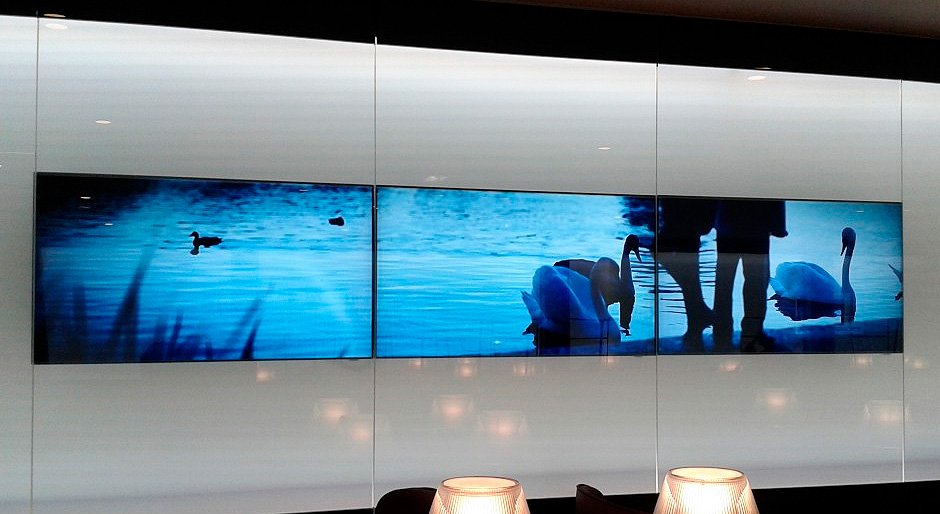
Both LED and Plasma displays provide a wider color gamut and a better overall experience.
LCD technology (liquid crystal display, translated as "liquid crystal screen") is based on working with layers filtered by liquid crystal molecules.
This is sandwiched between two pieces of glass. The images you see on the LCD screen are controlled by these filters, which "distort" when power is applied to allow fluorescent lights to pass through.
High-end LCD screens (120 and 240 Hz) can significantly reduce motion blur.
You may not know that LCD screens and LED screens are basically the same. This is because LCD screens use LEDs as light sources instead of traditional cold cathode fluorescent lamps (CCFLs).
LED screens
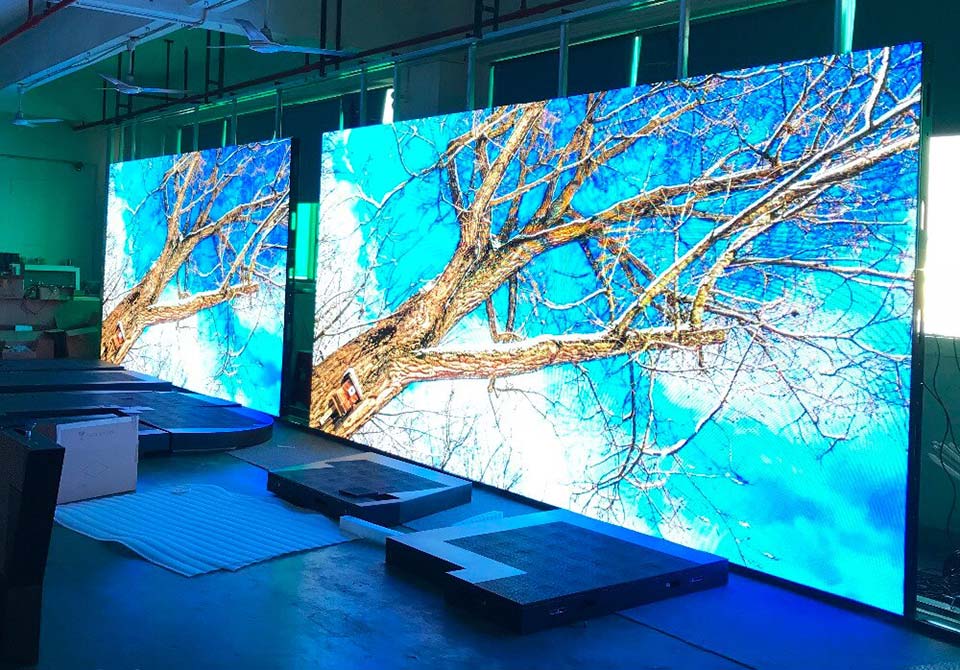
LED displays are currently a favorite in the Digital Sginage world. As we mentioned earlier, they can be considered a hybrid of LCD technology, with new backlighting features, rather than classic fluorescent lamps, as they provide lighter contrast, deeper darkness, and more attractive colors.
Advertising displays with "light-emitting diodes" (LED) have the following advantages:
- Large contrast range: from the brightest white your TV can produce to the darkest black. They work optimally in dark rooms and bright rooms.
- Lightweight, easy to transport and assemble: offers options as low as one inch
- Efficient consumption: 40% to 50% less power consumption than other models.
OLED screens
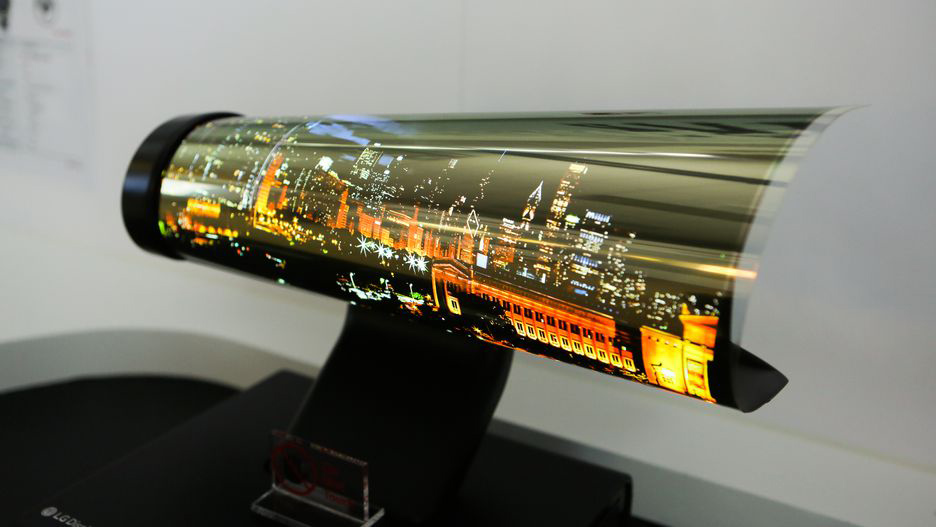
OLED stands for Organic Light Emitting Diode, which translates to "Organic Light Emitting Diode."
In short, OLED displays are made only of organic compounds, which emit light when power is applied.
Today, they are used in the highest range of televisions, laptops, digital cameras, and mobile phones.
Obviously, there doesn't seem to be much of a difference between LED and OLED, but these new displays they are very thin and flexible. This is possible because each pixel is illuminated independently.
Fortunately for the end customer, LED display technology is still easier to obtain than the new OLED, although the latter is expected to drop in price.
In summary
Plasma, LCD, LED and OLED screens are different and have common elements. For example, they can provide more than 100.000 hours of operating time. Although it is difficult to compare them with each other, when each technology offers models with different characteristics and prices.
Contact the LEDLMON technical department for personalized advice based on your real needs. We will surely advise you on a customized LED advertising screen for your business.

